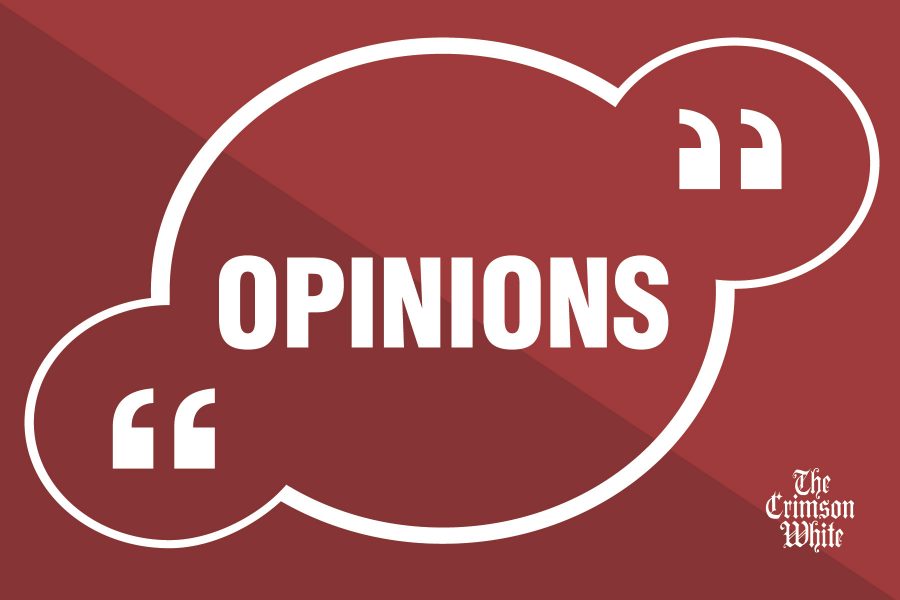When I was little, I couldn’t really use my fingers. The school therapist suggested I remedy my fine-motor skills by learning to play an instrument. I chose the saxophone, and from fifth grade on have been a musician.
Like many high-school musicians who arrive on large college campuses without a music major, I wasn’t sure what I could do. I didn’t want the two-hour a day commitment of the Million Dollar Band, and I didn’t have a marching background anyway. I considered the concert bands, but that was always my least favorite type of music to play, and getting to Moody without a car is a difficult task for a freshman living on campus.
I did the logical thing, which was push my saxophone under the bed as I dealt with the numerous stresses and obligations that come with being a freshman at a school like Alabama. It’s only in the past few years, as I approach the end of my time in Tuscaloosa, that I realized the importance of art and creativity in my education.
There’s not an instruction manual for making art. When you bust out your guitar, or put pen to an empty sheet of paper, you are forced to practice divergent thinking. In short, divergent thinking is a type of thinking in which one starts from a single position and branches out into numerous options. It’s a different thought process from convergent thinking, in which one utilizes data and facts from numerous sources to find the “best” answer to a specifically defined problem.
I’m sure convergent thinking looks familiar to anyone who’s taken a multiple choice test. But divergent thinking is more elusive. Heavier on problem-solving, often without a clearly defined question, divergent thinking fosters creativity and closely resembles the type of real-world problem solving that adults often have to do. Very rarely in adult life are there explicit instructions, and by practicing divergent thinking throughout an entire education, students will be more prepared for the messy, complicated world.
What’s the best way to practice divergent thinking? Create things. Start with a blank piece of paper and fill it up, with words or with pictures or with whatever you want. Fold it up into a pretty shape, or throw it out and pick up a trumpet. Just do something creative.
Besides the numerous confirmed health benefits, creative thinking makes you a better student, and later on, a better employee. Creative thinkers can come up with new solutions to difficult problems, use different approaches to solve a complicated issue, and generally see outside the traditional methods of doing things to find the most effective way, even if it’s different than what’s been done before.
But the best reason to create is not so you’re a better employee years down the road. Exercising creativity leads to self-discovery. When you put yourself into your work, you discover your likes and dislikes. You learn how you prefer to work, and you learn your mind’s default though process. You practice expressing yourself and communicating ideas. Making art and working creatively make you a more authentic version of yourself. So take some time and draw. Make music if that’s what you prefer. Just do something creative. Make some art. Share it with a friend. You’ll be better off for it, I swear.
Danny Pelavin is a senior majoring in political science and history. His column runs biweekly.









